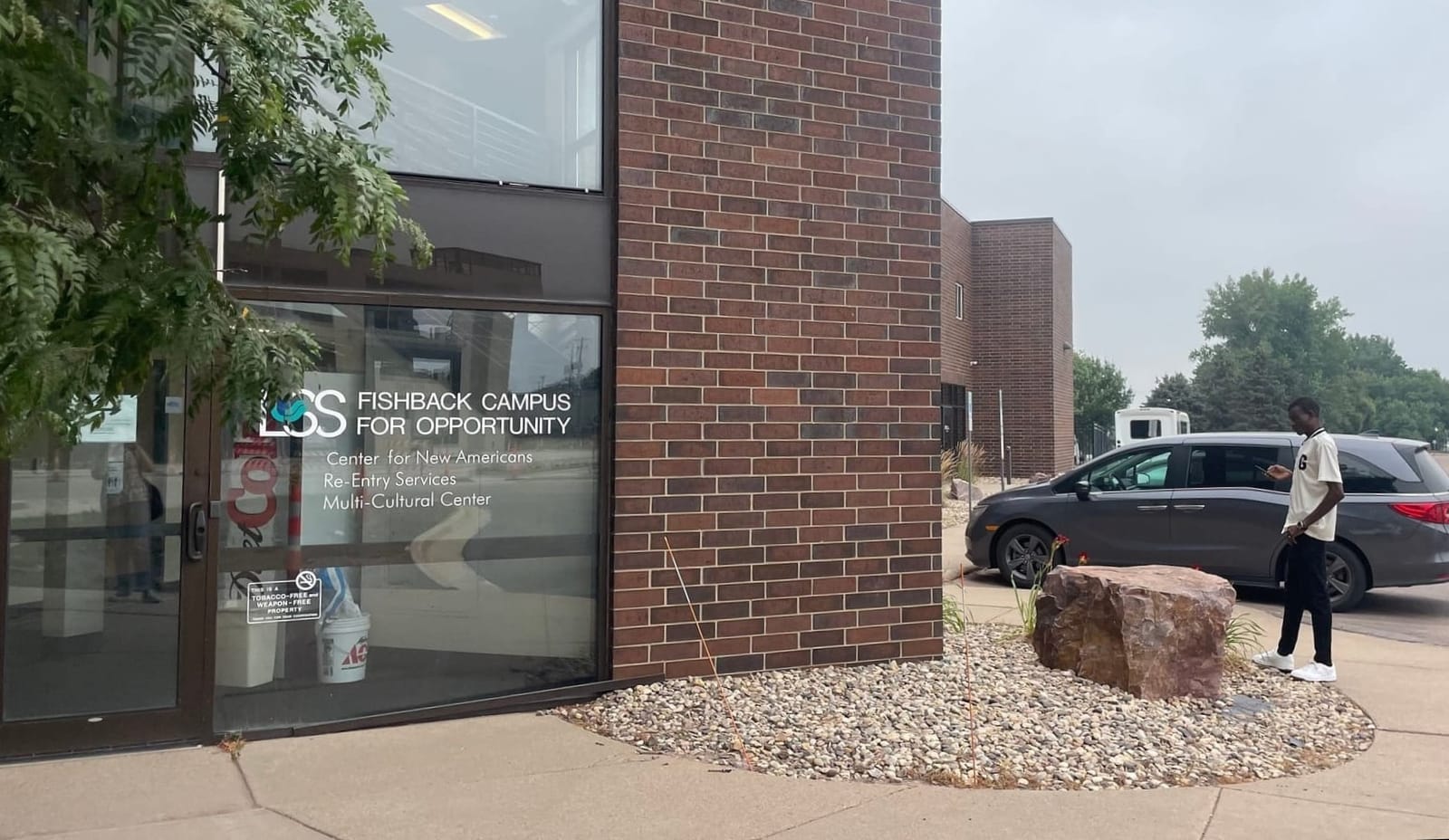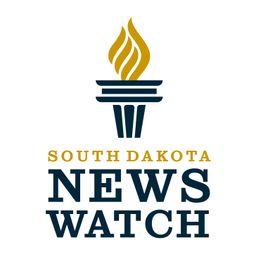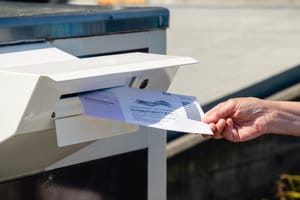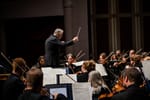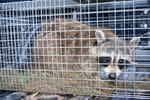South Dakota's increase of foreign-born population over the past 12 years exceeded the national average by three times, according to the American Community Survey Brief of the most recent U.S. Census Bureau report.
The state's population of people born overseas grew by 45.5% between 2010 and 2022, or 10,000 people, compared to 15.6% across the entire United States.
Only North Dakota, where the foreign-born population grew from 17,000 to 38,000 people within the same 12 years, had a larger percentage increase.
Nassir Yemam moved to South Dakota in the early 2000s as a refugee from Ethiopia and lives in Sioux Falls.
"I haven't had any bad experience, the people are good. I like the American way of life," he said. "I'm really happy with the place where I am, that's why I stayed here for a very long time."
Weiwei Zhang, state demographer and South Dakota State University professor, said that despite the increase, the number of foreign-born residents in South Dakota is still low, compared to states like California and New York.
In fact, analysis of the American Community Survey Brief shows that South Dakota has the fifth-lowest share of foreign-born residents in the country. Out of South Dakota's estimated 910,000 residents, nearly 32,000, or 3.5%, are from outside of the United States, according to the brief.
Zhang added that the increase in foreign-born population in South Dakota is an extension of the national trend. What's notable, however, is where foreign-born residents come from, she said.
Before 2000, the largest number of people came to South Dakota from Latin America, which was closely followed by Asia and then Europe. Since 2000, more people have been moving to South Dakota from Asia and Africa, moving Latin America to third place.
In 2018, according to an American Immigration Council report, most foreign-born residents in South Dakota were from Guatemala, the Philippines, Mexico, Sudan and Ethiopia.
Financial impact of immigration in South Dakota
Households led by foreign-born residents paid $137.7 million in federal, state and local taxes in 2018, the same report said.
Zhang said some of the industries with the most workers from abroad are manufacturing, health care, transportation, and human and social services.
While official statistics do not contain data on why people might be moving to a particular place, Zhang said she speculates job opportunities, housing supply and existing ties with family or friends might be some of the reasons why people move to South Dakota from overseas.
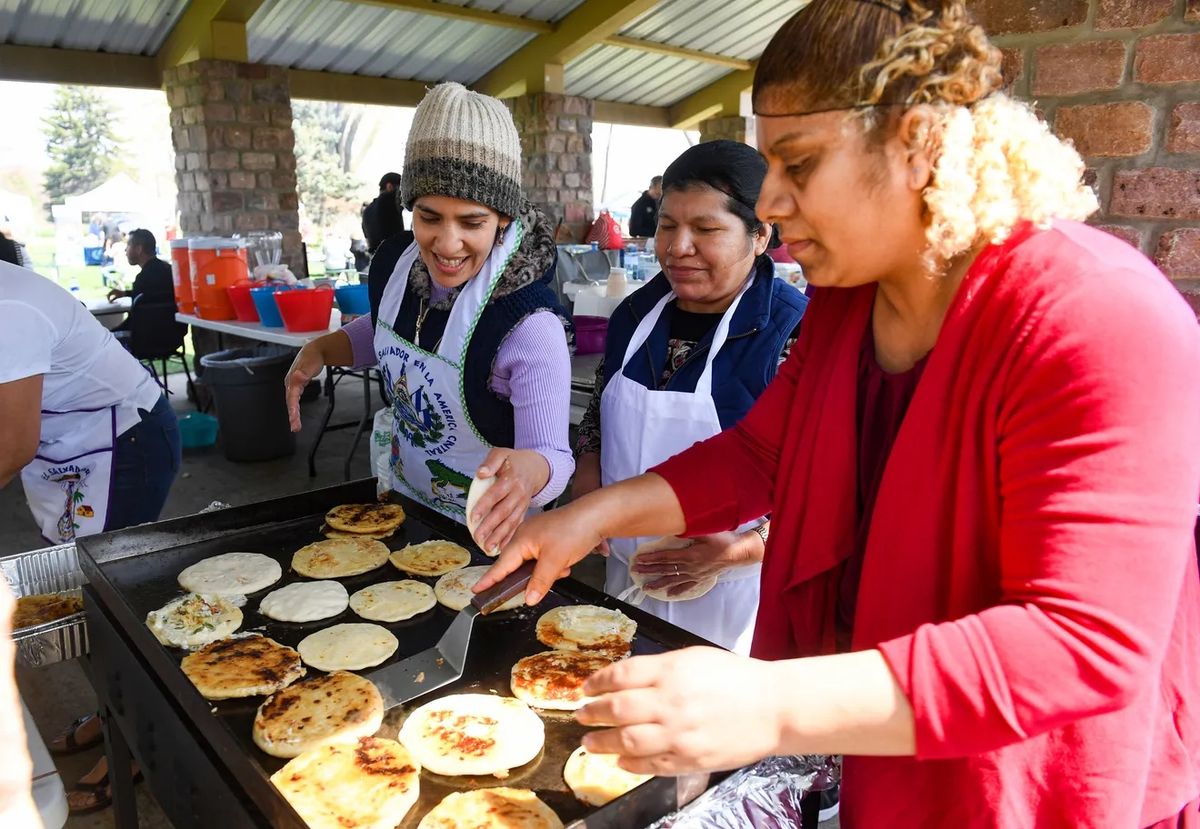
For some people, moving to the United States is caused by "the fear for their lives and the lives of their family," said Rebecca Kiesow-Knudsen, president and CEO at Lutheran Social Services of South Dakota.
Those people are refugees.
"No individual wishes to become a refugee. That's not something that people desire," Kiesow-Knudsen said.
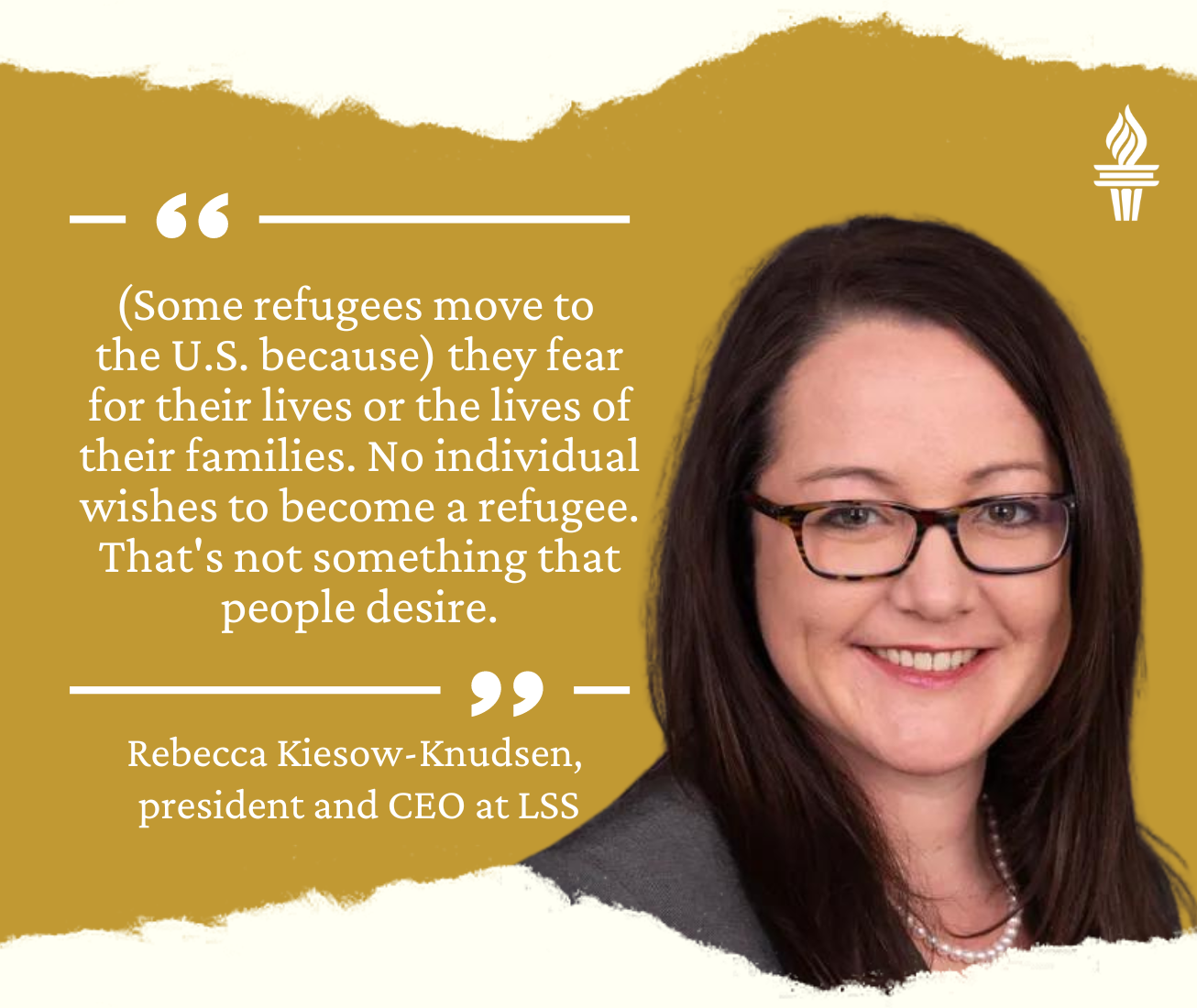
Current affairs affect where people resettle from
As of July 31, more than 280 refugees have resettled in South Dakota in fiscal year 2024, which started in October, according to the Refugee Processing Center. This is an increase compared to last year's 206 people.
So far, most people came from the Democratic Republic of Congo. Archives from the Refugee Processing Center show that 509 people from there have resettled in South Dakota since 2012.
Ahead of the Democratic Republic of Congo, in terms of arrivals in South Dakota, are Myanmar, formerly known as Burma, and Bhutan with 821 and 1,085 people, respectively.
Kiesow-Knudsen said countries from which people resettle in the United States tend to change based on conflicts that are happening around the world.
Kiesow-Knudsen added that it is difficult for the center to accurately say how many refugees are in the state. The organization only knows of those people who come to it and seek assistance.
"We know that there are many individuals who arrive, maybe in a different part of the country, and decide to move to South Dakota because it's a good place for their families and never talk to us," Kiesow-Knudsen said.
The process behind the scenes
The decision on how many refugees will relocate to the United States starts in the White House, said Kiesow-Knudsen. In 2023, the U.S. government sponsored more than 60,000 refugees to enter the country, according to the LSS Center for New Americans.
For fiscal year 2024, President Joe Biden authorized the admission of up to 125,000 refugees, according to the Bureau of Population, Refugees, and Migration. As of July 31, the United States has already welcomed more than 74,000 refugees, according to the Refugee Processing Center.

Kiesow-Knudsen said that once the president signs the determination that authorizes refugee admission, the U.S. Department of State begins a "very robust process" of background checks for individuals, registered as refugees, to gain approval status into the country.
LSS's Center for New Americans is an affiliate of Global Refuge, a nonprofit organization, formerly known as Lutheran Immigration and Refugee Service.
Organizations, like the Center for New Americans, start "a back-and-forth conversation" with Global Refuge and local stakeholders about the number of refugees that they can serve, considering factors like employment environment, school situation and housing market, Kiesow-Knudsen said.
"The United States has this wonderful tradition of welcoming refugees and helping to integrate them into the country, and we are just a part of that process to help people become successful," she said.
Center for New Americans consolidated with Multi-Cultural Center
The LSS Center for New Americans began the process of merging with the Multi-Cultural Center of Sioux Falls in October 2022.
Kiesow-Knudsen said the Multi-Cultural Center, which had previously worked with Native American and immigrant populations, was trying to find a new executive director and reached out to the Center for New Americans.
Because the two organizations had been providing similar services and had a lot of synergy, both their boards of directors decided to merge.
"The vision of LSS is that every South Dakotan is healthy, safe and accepted, and that last part is really what the MCC focuses on – that feeling of acceptance in Sioux Falls and in South Dakota, being able to celebrate our community and the diversity that's here," said Valeria Wicker, leading supervisor for the LSS Multi-Cultural Center.
Upon arrival: Community orientation
Kiesow-Knudsen said as a resettlement agency, LSS's Center for New Americans has the responsibility to "make sure that people get integrated into the community."
This means that a few weeks before a refugee lands at the Sioux Falls Regional Airport, the Center for New Americans receives a case file about them. This way, the organization's case management team arranges housing and provides "basic, 'What do I need to have in my home in order to live there?' items," Kiesow-Knudsen said.
The team then meets the refugee at the airport, provides them with interpretation and translation services, takes them to their new home and welcomes them with a culturally appropriate meal.

Soon afterwards, new arrivals are invited to take part in community orientation, which spans two weeks. Ethiopia native Yemam remembers his orientation as "very, very helpful."
He said the program covered topics like getting a job, doing groceries and "starting a new life in America." To Yemam, this means "depending on yourself."
Yemam said the center paid a lot of attention to preparing refugees to enter the workforce by connecting them with different opportunities and helping them get ready for job interviews.
"Some people who come to the United States get the feeling that when they come here, dreams come true, but life is not easy the way you think," he said. "To make life easy, you need to work hard. That's what the American dream is like."
Yemam works at the African Community Center of Sioux Falls, providing services to African immigrants and their families.
Kiesow-Knudsen said the federal government provides financial assistance to refugees for up to eight months, which is "a quick turnaround."
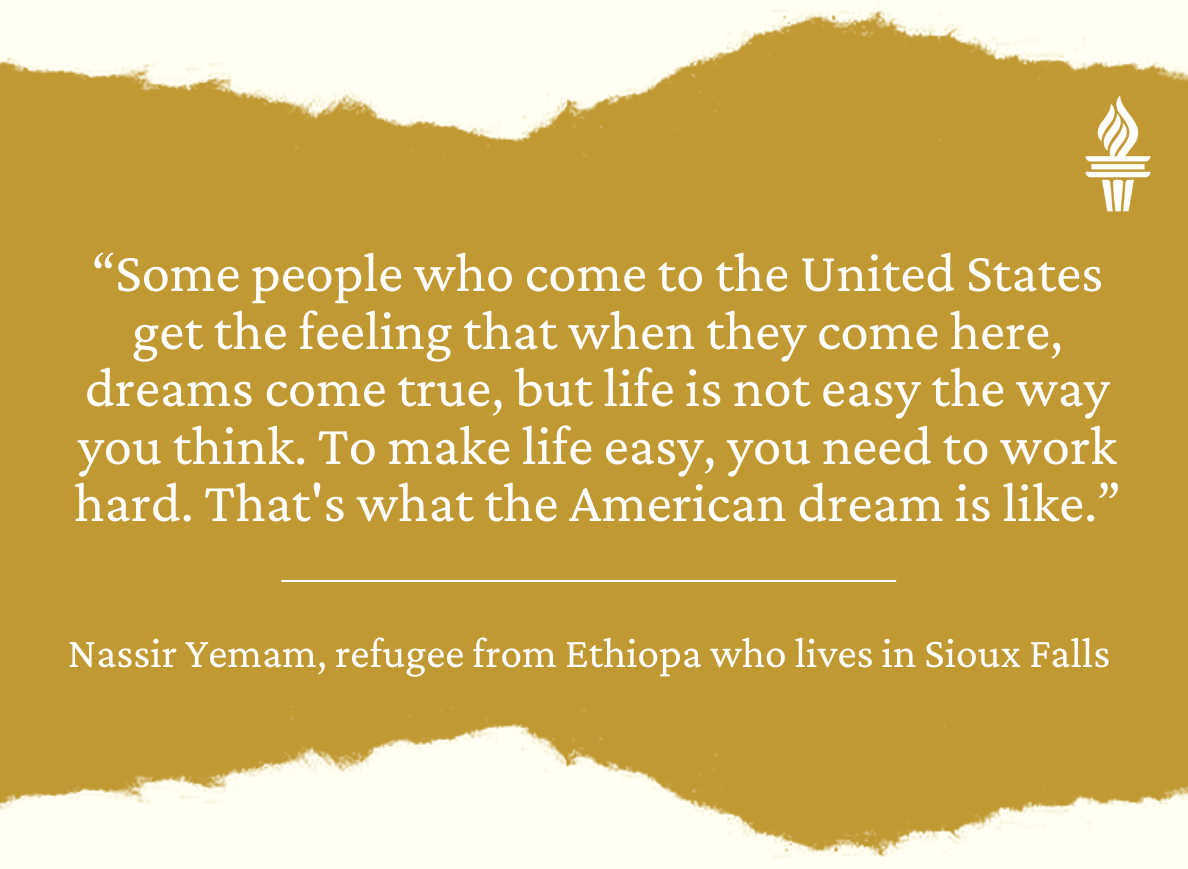
She added that orientation leaders often invite members of the Sioux Falls community, representatives from law enforcement, Falls Community Health, the school district and more.
One of Yemam's biggest dreams is to send his 17-year-old son to college.
"My whole success is his future," he said. "I tell him that if he works hard on his education after high school, he will have a better life for 40 years."
English 'is the key' to enjoying life in America
Aside from community orientation, the Center for New Americans also provides English classes that can range in length, depending on the student's fluency.
"English here, in this country, is the key," Yemam said. "The more you speak English and the more you understand English, the more you enjoy life."
Kiesow-Knudsen said the process of acquiring a driver's license can be long for refugees, and not speaking English can make it particularly difficult. She said the center offers classes in several languages to help people understand the basics of what they will need to pass the written examination.
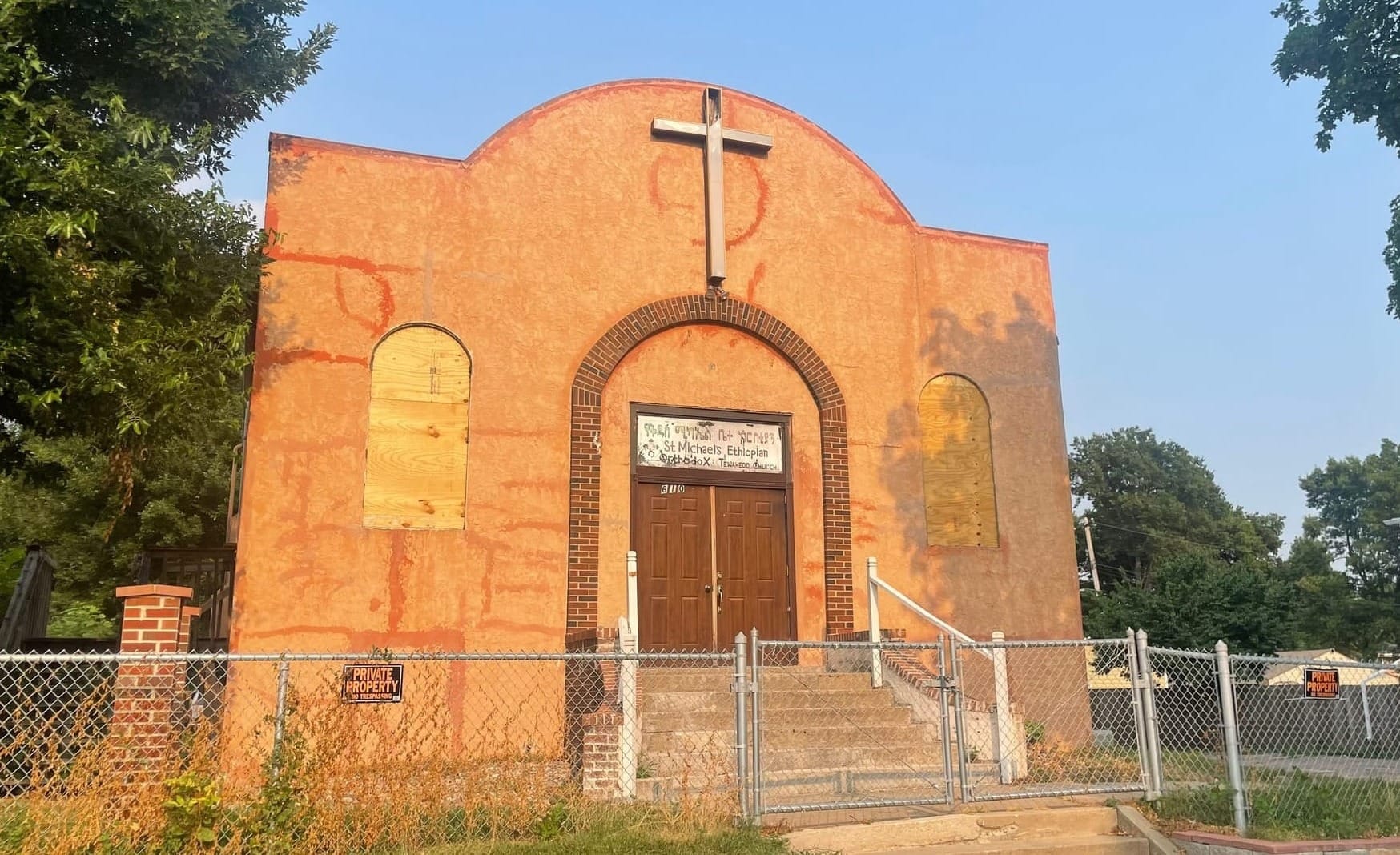
Yemam said he had driven a car with a manual transmission before coming to the United States, so he was able to pass the driving exam with ease. He recalls the first vehicle he bought here, a $300 Nissan.
"It was a big deal for me," he said.
Community keeps culture alive: 'We feel free'
Yemam said one of the traits that American and Ethiopian cultures share is respect.
"Americans are very, very respectful people," he said. "That's why when we come to the United States, we feel free because nobody took away our faith, our culture or our anything. They respect what we have, and we have the right to practice our culture."
Yemam said the community of Ethiopians in Sioux Falls is sizable and vibrant. People tend to gather for church services, celebrations or mourning ceremonies.
For such occasions, Ethiopians usually dress up in traditional clothing, cook authentic food, meet up or call each other, he said.
Because many Orthodox churches use the Julian calendar to set days for religious holidays, some Ethiopian families in the United States celebrate two Easters, for example: one with their American neighbors and another that aligns with fellow Ethiopians, Yemam said.
"I say, 'Thank you, God' for everything that I have," Yemam said. "I always believe that I am blessed, I have no complaints."
This story was produced by South Dakota News Watch, an independent, nonprofit news organization. Read more in-depth stories at sdnewswatch.org and sign up for an email every few days to get stories as soon as they're published. Contact us at info@sdnewswatch.org.

